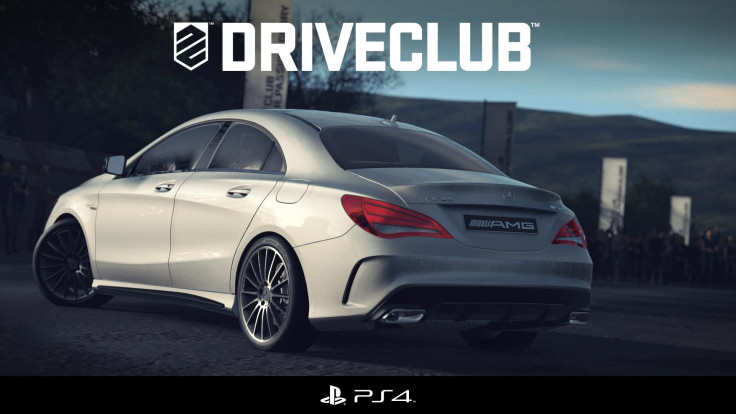'Driveclub' Release Date This Fall For PS4: Sony Reveals New Features

Upcoming racer “Driveclub” will launch exclusively for the PlayStation 4 on October 7. The title will be published by Sony, and the multimedia company recently revealed some new details regarding Evolution Studios’ highly anticipated racing title.
Based on real-world scenery, the courses in “Driveclub” are beautifully designed, with highlights including the realistic night sky mapped out using NASA data. Players will be able to see real star constellations according to their locations. You will also be able to catch a glimpse of the Northern Lights if you’re driving in Scotland, Norway and Canada. High-resolution NASA information was also collected to accurately recreate landscapes and mountain formations.
The title's development team spent weeks searching for interesting areas in the world and covered an average of 125 miles per day to get a realistic grasp of each country’s atmosphere and roads. They also took thousands of photos to capture weather conditions and precise details.
Drivers will also notice that skies will be uniquely generated every time they race. Evolution Studios promises you won’t see the same sky twice, just like in real life, unless you’re replaying someone else’s challenge.
Clouds, plant life, overhead cables and other environmental features will also react to various wind speeds. There will also be more than 100 different types of trees, bushes, mosses and flowers, along with 1.2 million roadside trees.
Users will also come across wildlife like flies and butterflies in the game – bats will even come out at night.
A typical vehicle in “Driveclub” is made up of 260,000 polygons and took seven months to create. The process included initial licensing, reference collation, CAD data processing, asset production and physics modelling. Evolution Studios also took more than 1,000 photos of each in-game car to ensure an accurate driving experience. More than 500 different types of materials are available to apply to vehicles, and every car exhibits a realistic layered paint material – base metal or carbon layer, etc. Paint jobs can also be damaged in the game, and just like in real life, your car will collect dirt and dust.
The lighting system in "Driveclub" is also incredibly complex. Anisotropic lighting is used to mimic the effect of each individual thread in carbon fiber. The pattern of the carbon changes with each lighting angle and surface curvature.
The vehicle’s handling style is also similar to real-world driving. The game uses technical data provided directly by car manufacturers to ensure a fairly accurate racing experience.
Excited for "Driveclub"? What else do you want to see in the game? Leave a comment or tweet me.
© Copyright IBTimes 2024. All rights reserved.





















